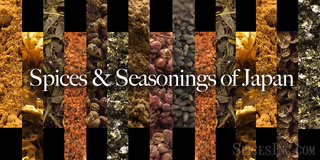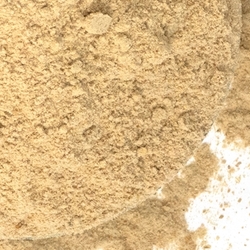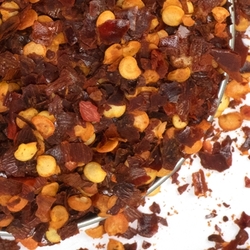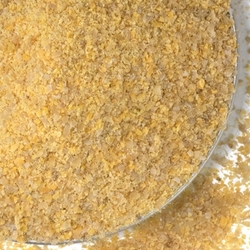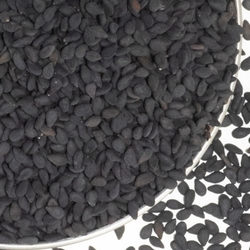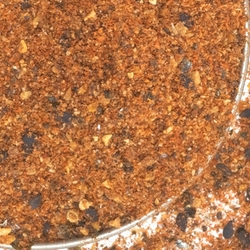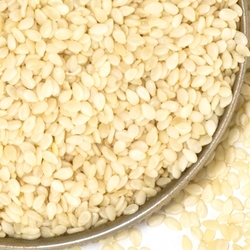
Japan has a deep love and appreciation for food, celebrating natural flavors and a gentle hand in the kitchen. The country does not use a huge amount of spices or seasonings in their food, as evidenced by their most iconic dish, sushi. A combination of fish and rice, sushi rice is often seasoned with sugar and sesame seeds, and the entire roll is dipped in soy sauce, but seasoning is kept to a minimum. The spice and seasoning blend choices made in Japan are careful and well thought out. Japanese food is meticulously, carefully prepared, even in fast food restaurant settings. If you ever want a delicious meal infused with the flavors of Japan, these are some of the things you can try to incorporate into your diet.
Spices
- Bonito Flakes- Sometimes called katsuobushi, bonito flakes are finely sliced pieces of the skipjack tuna fish. These fish flakes can be used to season food or to make a broth that is essential to Japanese cuisine called "dashi."
- Ginger- This is sometimes eaten on top of rice to cleanse the palate between dishes. You may also find pickled ginger, called gari, as a side for the same reason- palette cleansing.
- Sansho Pepper- This is a distinctly Japanese spice. Sansho pepper does not come from a peppercorn. This pepper comes from the tiny berry of the female prickly ash tree.
- Black Sesame Seeds- These are frequently used as a garnish in Japanese cooking.
- White Sesame Seeds- Frequently toasted before using, the white sesame seed is a garnish used in Japanese cooking. Their flavor and their scent are enhanced through the toasting process.
- Sugar-Sugar is one of the five main ingredients that can be found in any Japanese cooking, part of the ryori sa shi su se so. Sugar--or sato--is the "sa" in this grouping, and it's an intrinsic part of the flavor base of many, many dishes.
- Ground Yellow Mustard- Usually mixed with a little water, this spice is then used as a dip or a condiment. It is also used in dressings or sauces.
- Red Pepper Flakes- These flakes go on everything from ramen and rice to noodles or eggs. Red Pepper Flakes give just enough of a little kick that they aren't overwhelming for the Japanese palette which is more tolerant of savory or umami foods than spicy ones.
Seasoning Blends
Japan is not particularly known for their seasoning blends, though a few do stand out as essential to the cuisine.
- Shichimi Togarashi- Otherwise known as Japanese 7 Spice, this blend is frequently used on noodles, in soups, and as an all-purpose seasoning akin to how adobo is used in Puetro Rican cuisine.
- Wasabi Powder- Pure wasabi powder is hard to come by and is extremely expensive. The wasabi powder that is popular in Japan is a blend of many ingredients, usually including horseradish for kick and spinach powder for color.
Many of the popular choices for flavor in Japanese cuisine include vinegar, soy sauce, miso paste, kewpie mayonnaise, and sesame oil, none of which are spices or seasoning blends. These are all condiments that the Japanese use to enhance their food, pretty much exactly the same way we would use them in the United States.
Thanks to the careful execution of dishes and loving attention to detail, Japanese cuisine has some of the most delicious, most flavorful food out there. Ask anyone who visits Japan what their favorite part of the trip was, and you can almost bet that they will say the food.

